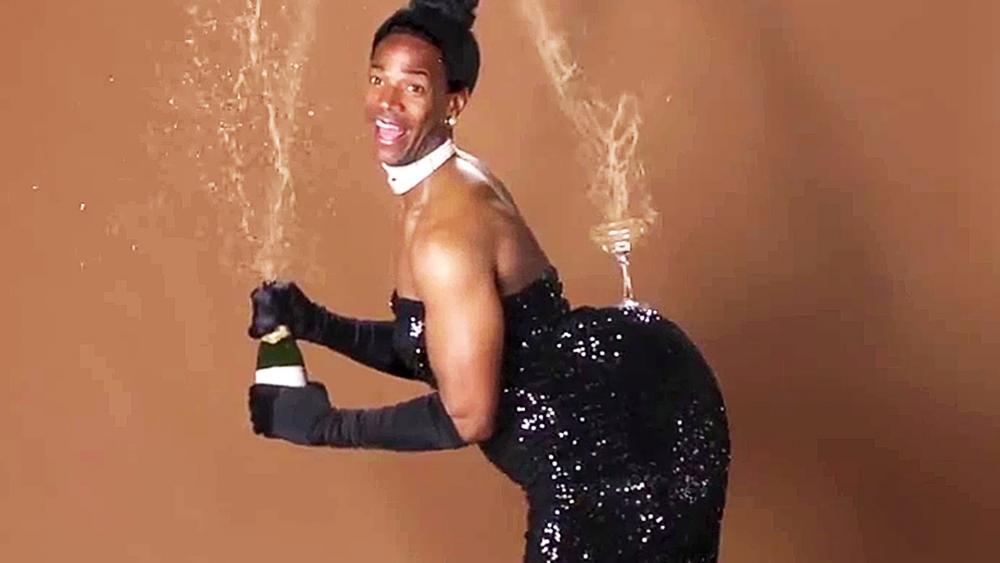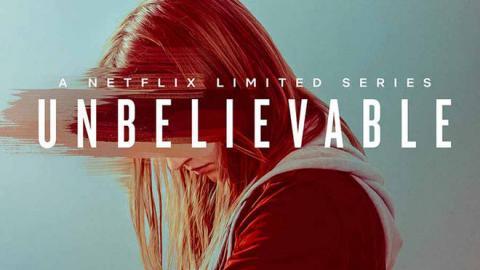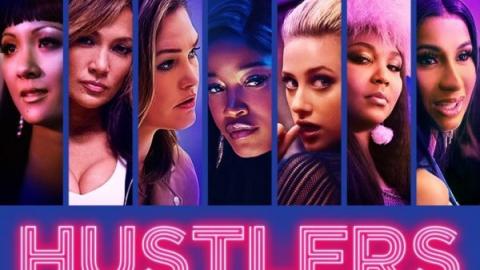Fifty Shades of Black is Racist
Share with friends

It's racist because its audience is racist.
Fifty Shades of Black, starring, written by, and produced by a black male is offensive towards black people. Yes, you read that right.
What would Marlon Wayans have to gain from being racist towards black people? The answer to that question is where things get interesting; Fifty Shades of Black is not a racist work because of Marlon Wayans. It’s not even racist because of its white director. Fifty Shades of Black is racist because its audience is racist.
The film, which is the latest critically panned feature from the younger of the Wayans Bros., is a parody of the 2015 erotic drama, 50 Shades of Grey. Fifty Shades of Black runs into its first problem when examining its genre; parody films are probably the closest ancestor we still have to the exploitation films of the 70s and 80s, and Fifty Shades of Black is an ethnic appropriation of the parody film genre. This situates the film dangerously close to Blaxploitation, a genre to which the Wayans family are not strangers (the 1988 film I'm Gonna Git You Sucka written and directed by Keenan Ivory Wayans was a direct parody of Blaxploitation films).
The genre choice is problematic because Blaxploitation films are often criticized for perpetuating racial stereotypes; several social organizations including the NAACP protested the genre during the 70s and 80s, even though most of these films had casts and crews that were predominantly black. Ironically, the same genre that was often celebrated for giving a voice to a disenfranchised mass was also criticized for doing negative cultural work.
This is not to say that Fifty Shades of Black is alone, or that the Wayan’s brothers are the only famous black comedians to walk the line between perpetuating and combating stereotypes. Perhaps the most dramatic invocation of a comedian walking that line is exemplified by the story of Dave Chappelle walking away from his show during the middle of its run. While filming the third season of Chappelle’s Show, the star left the set, disappearing into the abyss.
Rumors quickly circulated that Chappelle had had a mental breakdown. Maybe he was on drugs. Some sources indicated that he’d been checked into a mental institution. In reality, Chappelle went to South Africa, for only two weeks, to get away from his show due to “intense personal issues.”
Although this is heavily influenced by the power of hindsight, it has become clear that Chappelle had become upset about the impact his show was having. Just before taking his African walkabout, Chappelle had filmed a sketch about a pixie character, that the comedian referred to as a "visual personification of the n-word." The thought was that such an overt and exaggerated invocation of minstrelsy would function to create a public forum that would condemn the stereotypes the skit depended upon. When Chappelle pressed Comedy Central to censor the episode, he was denied such control of his own show, although the skit was, in his own words, racist.
But Chappelle, much like Marlon Wayans, did not account for his audience’s demographics; Chappelle noticed this while filming, when a white crew member’s derisive laughter made the comedian so uncomfortable that Chappelle considered firing him. Unfortunately, Mr. Wayans’s work is often going to be read as promulgating stereotypes because of their cross-cultural appeal.
The works of the Wayans brothers, much like Chappelle, have a clear appeal to the stoner/slacker/skater ethos that characterizes certain subcultures in Gen X and Gen Y.The Scary Movie franchise, along with the cult fandom of White Chicks, cemented Marlon Wayans’s stoner/slacker appeal. As Chappelle learned, the Wayans brothers must consider their audience when making racially charged material. While it would be improper to call White Chicks or Fifty Shades of Black racist as written, they must understand that audience reactions, however, may be divided along racial lines. In other words, some people may be laughing for all the wrong reasons.
The central conceit of White Chicks is deeply rooted in the minstrelsy; the film features two black men dressing in drag and in white-face. It is an obvious satire of racial stereotypes – the Wayans brothers surely understand the minstrel tradition that plagued minority actors through much of Hollywood’s history. White-face was, undoubtedly, an attempt to appropriate and redefine blackface by flipping it on its head.
Just because Wayans had such ambitions, however, doesn’t mean that his audience necessarily read it that way. Instead, a white audience member watching a film where black actor (under the guidance of a black director, reading the words of a black writer) participates in the stereotypes propagated by the largely-white media may find that the film reinforces the stereotypes Wayans sought to undermine.
Ultimately, the same criticisms that can be applied to White Chicks and Chappelle’s Show can be applied to Fifty Shades of Black. Even though this is the case, there is no reason to suggest that Wayans, or Chappelle, or anyone else need to, necessarily, white-wash their material to give the allusion of sameness. Such a scenario would entirely ignore Black Culture, creating a delusional Cosby-esque world.
Although we live in a hyper-vigilant society where “offended” is in vogue, there has been little to no uproar regarding Fifty Shades of Black because, in order to be offended, the audience has to admit that it sees the stereotypes portrayed on screen. In a reality where the masses are afraid of microaggressions and being viewed as transgressive instead of progressive, some content will be ignored because it forces people to face the ugly truth about themselves. And, perhaps, this is one of the plethora of reasons that 50 Shades of Black has received such overwhelmingly negative reviews, in spite of its modest box office successes.




